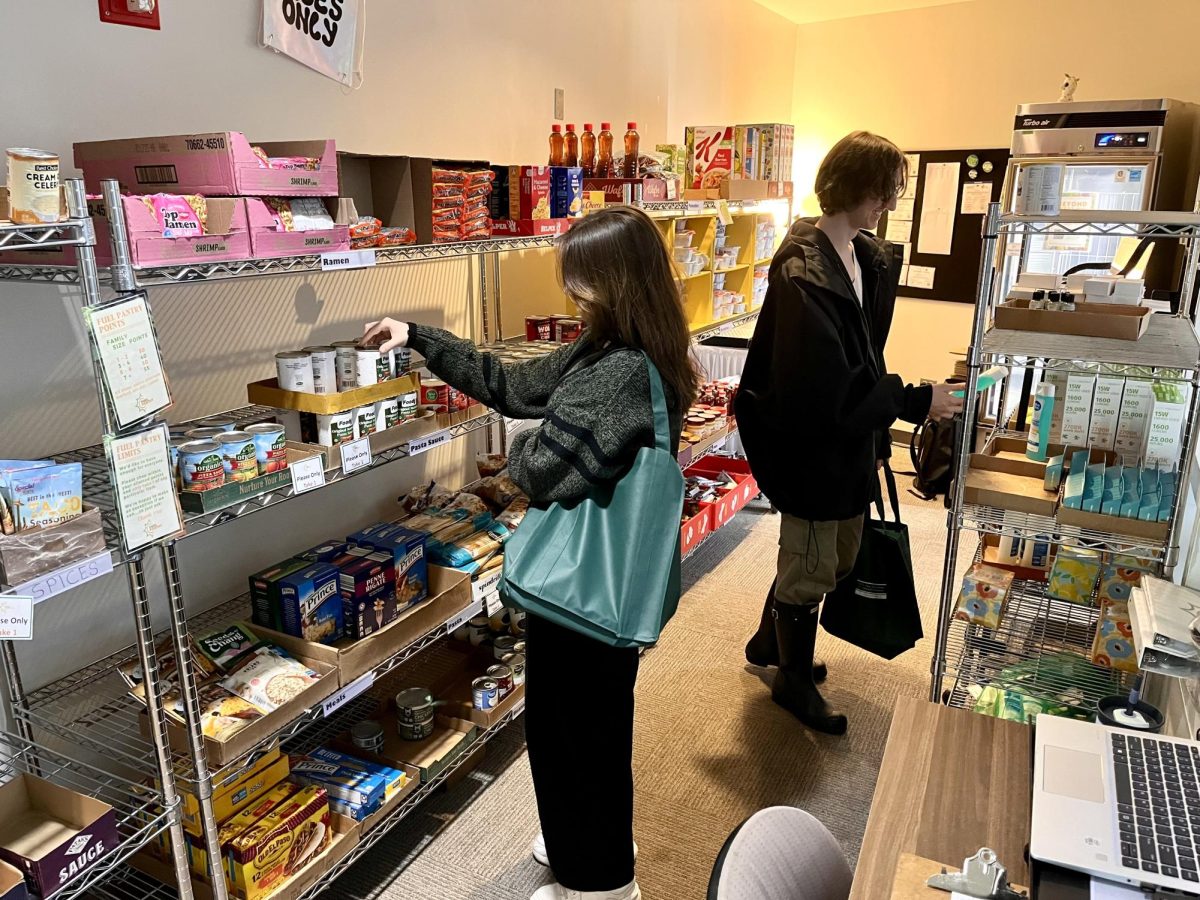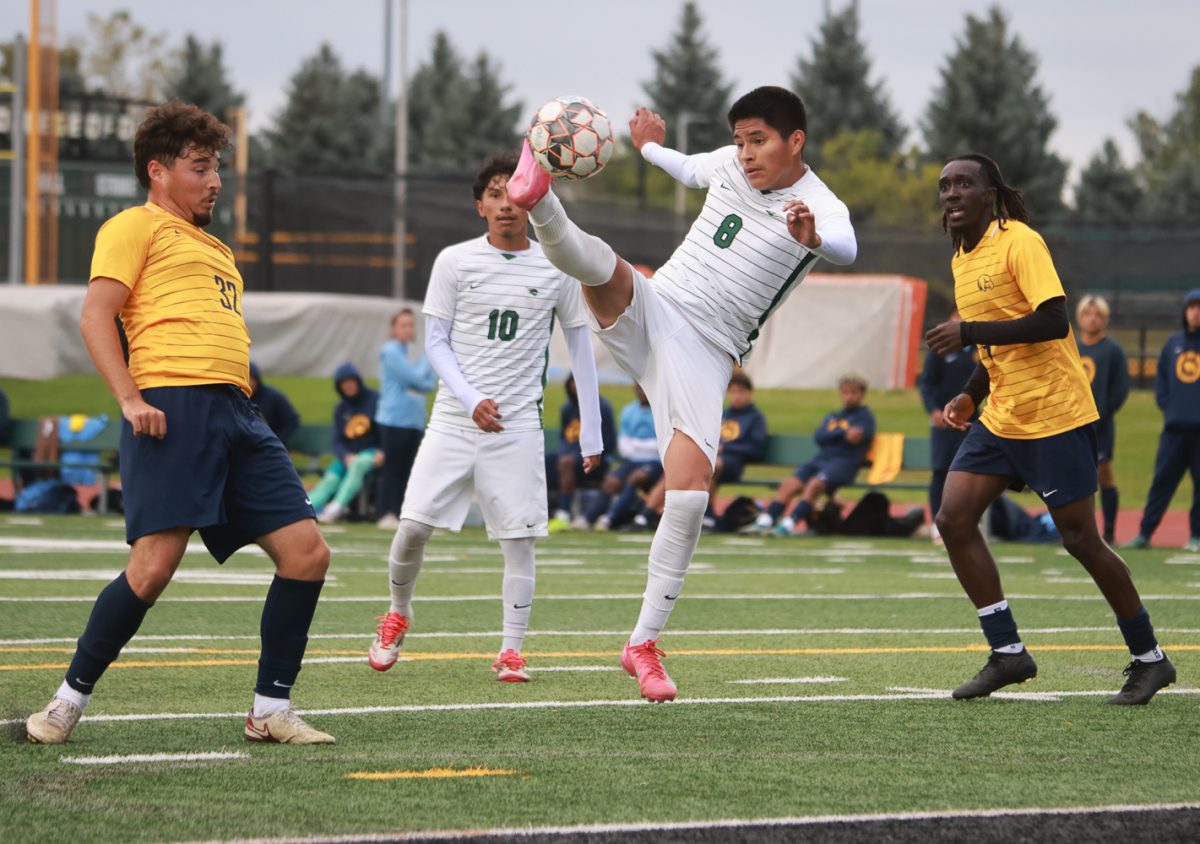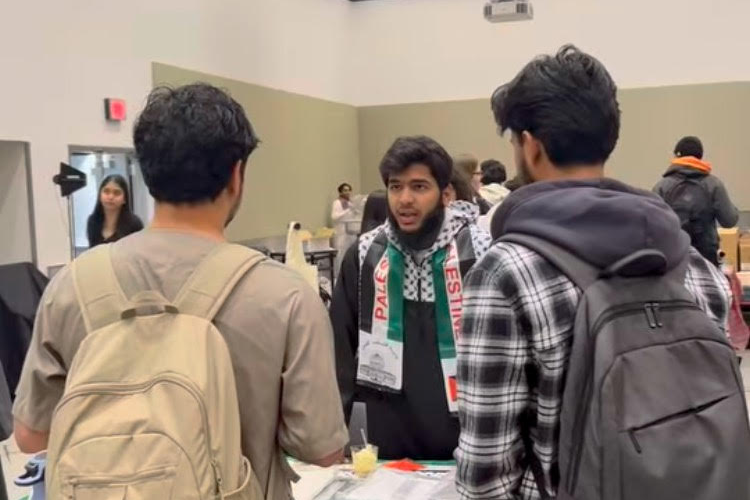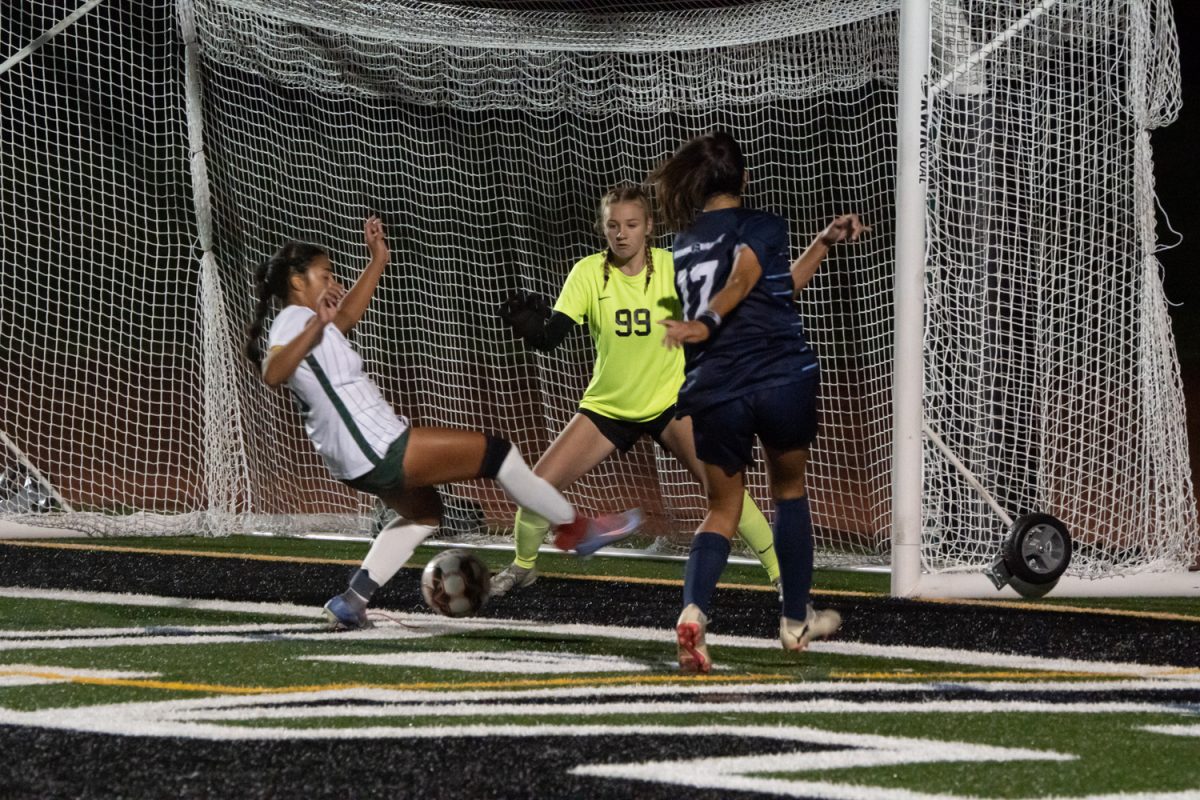Is Your COD Professor Being Wronged?
There’s a good chance you’ve got an adjunct professor, and they aren’t being treated as well as you might hope.
Graphic by Zainab Imam
December 12, 2022
COD offers a number of classes across all of its campuses. With such a large course load, a large staff is needed. Adjunct professors teach a majority of the classes at COD, but are they properly compensated for their work?
With about 1300 adjuncts at COD compared to 279 full-time faculty, it’s far more likely the person at the front of any given COD classroom is a part-time professor. Among other factors, there’s a large wage gap that exists between what an average adjunct faculty member receives compared to their full-time peers.
Assistant Dean of Adjunct Faculty Support, Sonia Watson, heads the department who’s primarily responsible for serving the needs of COD’s part-time teachers.
“Our goal is to truly support from jump. From the process of recruiting, to interviews, to onboarding, first semester and throughout their tenure as they work with us,” Watson said. “The bottom line is, we exist to truly support our adjuncts in every capacity that we possibly can.”
Watson spoke about the time she first started teaching and how the procedure was just thrown in her face.
“When we first started teaching it was, ‘Here’s your book. Here’s your roster. Good luck,’” Watson said. Watson did not want that same phenomenon to be experienced by adjuncts, especially for those who are newly hired.
“I didn’t go to school for teaching. I didn’t have the background. Well, that’s [who] we hire a lot of times. We hire people that are experts in their area, but don’t necessarily have the teaching training,” Watson said. “And so we come in that aspect of, ‘We understand that you’re the expert. We’re not trying to change that.’ Where we want to help you is get from the point of holding that expertise and helping your students to actually master that information.”
Watson takes pride in spearheading the proper systems to improve the quality of life for adjuncts at COD, always trying to provide a sense of connection to their institution and their discipline.
“We try to build bridges between them and us, and them with their divisions and disciplines, as well to feel part of something greater. We want them to feel that this is home.”
Kate Szetela is one of three managers who fall under the adjunct faculty support division. Szetela, among other projects, has been involved with the development of the different trainings such as the adjunct training institute and professional development courses. She has especially placed a lot of her focus on the two part time faculty offices.
“One of the things that I’m supporting is our adjunct faculty centers. We do have a nice space for adjunct faculty to work, meet with students, that kind of thing,” Szetela said.
One part-time faculty office is located in the Berg Instructional Center, and the other can be found in the Health and Science Center.
“I help supervise the staff so that adjunct faculty have support there. That’s one of the things that I support is helping to oversee those two centers,” Szetela said.
The classroom observation process is also something Szetela facilitates.
“We want to get to know the adjunct faculty so that they’re not just a number. We’re getting to know them one-on-one through this observation process, and work with them towards their professional development goals,” Szetela said. “We’re trying to meet the needs of our staff so that we can sit and kind of see where they want to go.”
It’s a comfortable and compassionate environment Watson and her team is always looking to implement.
“Knowing that you don’t have to do it alone. ‘You know what I’ve got a flat tire, and I can’t make it to class, who do I notify,’ and helping them process the things like that,” Watson said. “We’ve had severe weather events, and explaining, ‘Hey there’s always a map in the classroom,’ little things that you’re going to not know when you first step foot onto campus. We do a new hire orientation that they’re paid for as well, because we recognize that part of their time is very precious. We have a spotlight every month in our newsletter to recognize the work that’s being done by our adjuncts.”
Bottles of water and a basket of chips, paid for out of pocket by Watson’s team, can be found at the office of adjunct faculty support.
“We recognize that they’re running. It’s a hustle between institutions, and they may not have time to eat. When they come in to meet with us, instead of sitting there starving, have a snack,” Watson said. “It’s definitely going to be an opportunity to then have a conversation. What can we do to support you better, and what are your interests?”
A great portion of the adjuncts who are teaching at COD are also instructing part-time at various other institutions.
“I’d say a large percentage of them are teaching or working somewhere else. It’s tough. I did it too. They’ll try to piecemeal a career working at multiple institutions,” Watson said. “We’ve had a couple people tell us they’re at five different colleges, because it’s tough. They have to try and make ends meet. They have to put together enough income to make a career.”
Watson says her department doesn’t exist at most institutions in the nation.
“We just had our accredited body come to visit, and they gave us one of the highest commendations for our department and said that what we do here should be duplicated at all two and four-year institutions across the nation.”
Trying to further help transition part-time faculty members into full-time positions has always been a continuing objective for Watson.
“Our hope and our goal is to always prepare and plan that the adjuncts we have become a pool for our full-time faculty,” Watson said. “I served on a lot of hiring committees for full-time [faculty], and I saw that less and less of our adjuncts were actually applying. I didn’t know if it was because historically they weren’t getting them, or if there wasn’t an interest.
What we led was called ‘adjunct to full-time.’ It wasn’t just a full-time teaching position. It could be a full-time position in our office or any of the offices on campus.”
Operating such a fundamental part on the administrative side, Watson has always tried to make solid contributions towards the adjuncts with her position.
“We give our heart and soul to everyone that works here, because we do it still. Not only do we have our full time jobs, but we adjunct as well,” Watson said. “We know the life of an adjunct, we know what it’s like at other institutions, and we try to be the best at what we do but at what we offer as well.”
With one of the largest adjunct populations in the state, President of COD’s Adjuncts Association Cheryl Baunbach-Caplan see’s a different kind of treatment.
“A lot of our adjuncts are the people who are actually trying to make a living out of this, and it’s really hard to do,” Baunbach-Caplan said. “The maximum number of credit hours they can teach is 27 per year. Even if they’re getting the highest rate of pay, like they’ve been here a while they’re in our bargaining unit and they’re at the highest level, the most they can make doing that is about 30,000 dollars.”
For most teaching positions at COD a minimum of a masters degree is the requirement, and teaching at other institutions, as a lot of adjuncts do, is the only way to provide enough income for themselves.
“Most people would not do that for a living,” Baunbach-Caplan said.
A lot of them will teach someplace else, so by combining teaching at one or more other colleges you might string together 50-60,000 and kind of make a living wage, but again you’ve got to remember that’s without benefits,” Baunbach-Caplan said. “No health insurance, and basically no paid time off.”
For an adjunct professor, getting into a full-time position is always a key goal.
“A lot of people are hoping that a full-time position will come along. That’s why a lot of them keep doing it hoping that at one of these schools that’ll happen,” Baunbach-Caplan said. “Some of our adjuncts do eventually become full-time, but not for the majority of them.”
Baunbach-Caplan’s ability to get through to the administration at large seems to come with a lot of difficulty.
“We get representation on most college wide committees. The college really does try to engage us and our opinions, but the biggest thing is still salary and no benefits,” Baunbach-Caplan said. “It really is about equity, and the college has an initiative right now across campuses on equity for everybody, and there really is just inequity there.”
When you have somebody who has to have the same qualifications as a full-time person who makes substantially less, but [in the most recent contract negotiation] it didn’t go anywhere,” Baunbach-Caplan said. “We were hoping for a one time bump in compensation and they wouldn’t go for it.”
This stance that COD and other institutions across the country have taken towards adjuncts is disappointing to another adjunct as well.
Clarice Foland, an adjunct in the English department, says the time spent outside of the classroom for things like grading papers isn’t properly compensated for either.
“The disparity is just too great, you’re basically in the classroom doing the same work as somebody who’s getting paid a lot more,” Foland said. “The money’s not that bad. It’s more than 15 an hour. But I’ve seriously thought about [working] at Whole Foods.”
Where pay is concerned, at the surface level it looks to be a very time consuming process. For adjuncts that are not in CODAA (the adjunct faculty union), it is 1,158 dollars per contact hour. To join CODAA, it takes about three three years of teaching to get into this bargaining unit.
When you join CODAA, your rate can go up to 1,263 depending on how many semesters you’ve taught. It has to be bargained by the adjuncts for these tiers to increase their pay output. Years of teaching is required in order to get your pay just a little more than 100 dollars higher.
“We have 716 people who are members of our adjunct association, CODAA,” Baunbach-Caplan said. “There’s probably at least 1000-1200 adjuncts working every semester who have not yet gotten into the bargaining unit.”
Adjuncts can be found teaching a little over 60 percent of the classes at COD.
“The odds are you’re going to see them in at least your beginning level classes,” Baunbach-Caplan said.
It can be argued that institutions are putting a system like this in place to remain advantageous.
“For a lot of colleges and universities it’s a cost-effective method,” Baunbach-Caplan said. “And it’s also a way, I think, to have greater control over a faculty population with tenure to have a level of protection which adjuncts do not.”
Baunbach-Caplan still holds faith, especially in the adjunct faculty support offices where she believes that Watson has “adjuncts interests at heart.”
“College of DuPage is a premier Community College that offers academic excellence and strives to be a leader in support of student success and the community,” Baunbach-Caplan said. “We would also like them to be a leader in a move toward equity for adjuncts.”




















